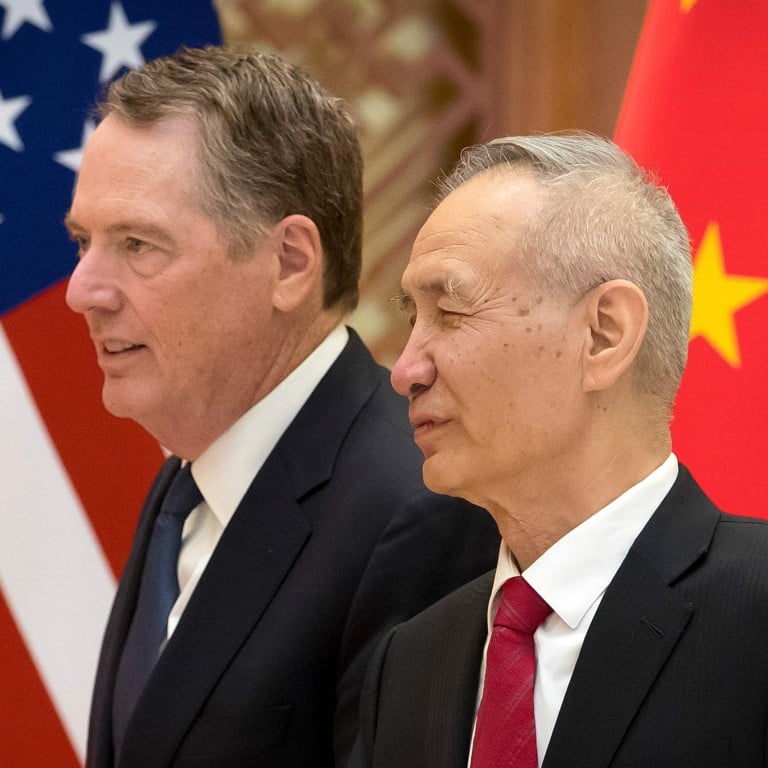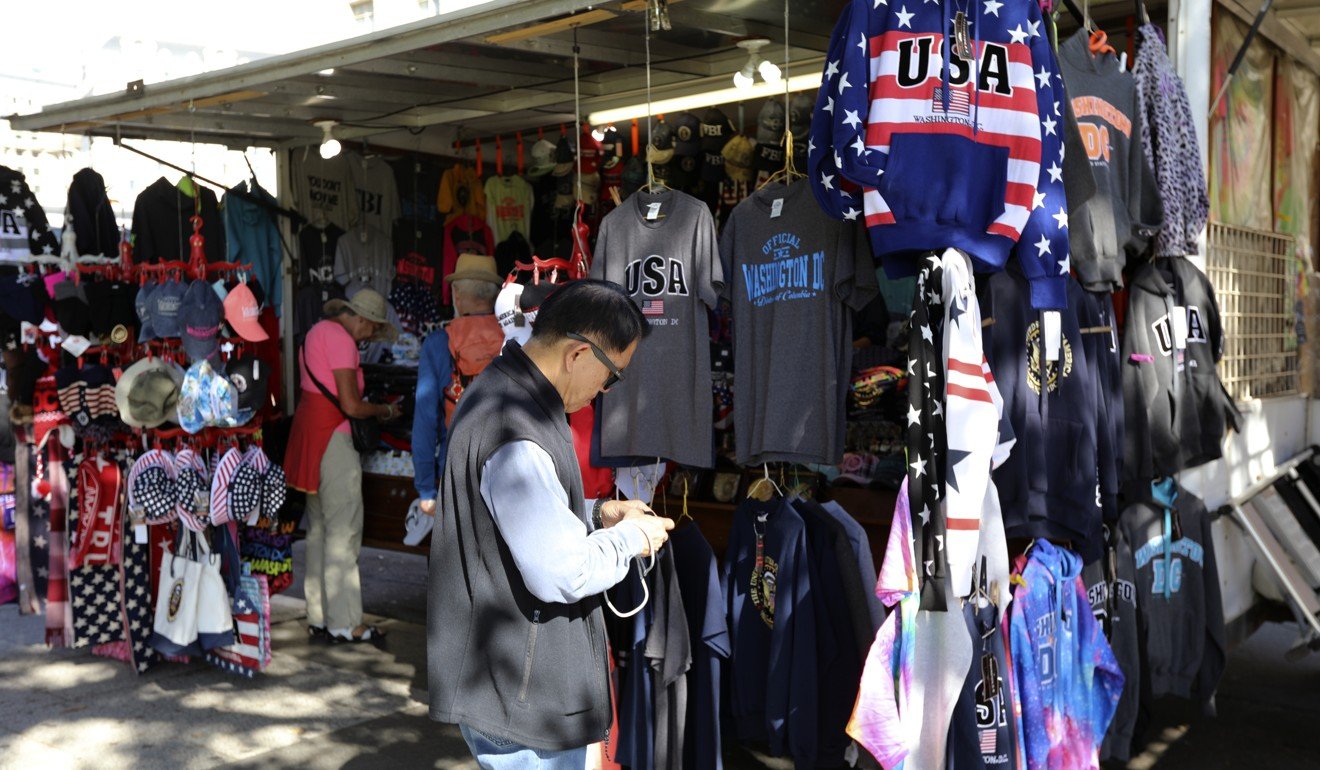
Politico | China pressing Donald Trump to remove more tariffs ahead of ‘phase one’ trade deal signing
- Beijing wants duties lifted in exchange for agreeing to buy up to US$50 billion worth of US farm goods within two years
- US officials struggling over how to ensure China lives up to its side of deal, with reimposition of tariffs being considered as main enforcement mechanism
This story is published in a content partnership with POLITICO. It was originally reported by Adam Behsudi and Ben White on politico.com on November 4, 2019.
China is demanding that US President Donald Trump not only eliminate a round of tariffs scheduled to go into effect in mid-December but also wants him to lift another substantial round of penalties imposed in September as Chinese President Xi Jinping considers a visit to the United States to sign a “phase one” trade deal, said three people familiar with internal discussions.
Beijing is engaged in a “full court press” for the removal of the tariffs in exchange for agreeing to buy up to US$50 billion worth of US farm goods within two years and implement commitments to open its financial services sector and increase intellectual property protections, one of the people said.
Right now, the assumption is that reaching a phase one deal will eliminate a 15 per cent tariff that is scheduled to hit roughly US$160 billion worth of Chinese goods, one of the people said. That tranche of penalties would have hit a range of consumer goods including laptops and smartphones.
Beijing is also pushing the US to remove a 15 per cent tariff that was imposed on roughly US$112 billion worth of Chinese goods on September 1, but no decision has been made, the people said.
China is also very eager to have a 25 per cent tariff removed, or at least cut in half, on an additional US$250 billion worth of Chinese goods, although that is not anticipated to be part of a deal right now, the people said.
Trump has already agreed to suspend a planned increase in that tariff to 30 per cent on October 15.
US officials are currently struggling over how to make sure China lives up to its side of the deal. The main enforcement mechanism being considered is that all the tariffs could be reimposed, one of the people said.
Asia-Pacific venture capital deals drop by a fifth amid China slowdown
Trump said on Sunday that a deal will be signed in the United States and previously floated the idea of inviting Xi to Iowa, a major farm state that has been battered by China's retaliatory tariffs on US soybeans, pork and other agricultural commodities.
Commerce Secretary Wilbur Ross, who does not play a key role in the talks, said Hawaii and Alaska were also presented as possible locations for signing a deal.
“There is progress. First, I want to get the deal. I mean, the meeting place to me is going to be pretty easy. But first, we'll see if we get the deal. And if we get the deal, the meeting place will come very easily. It'll be some place in the US,” Trump said on Sunday.
A senior White House official said the deal is almost there but talks are continuing on getting China to address policies that force foreign firms to transfer their technology to do business there and intellectual property protections.

China may still decide to sign a deal in a neutral location outside either the US or China.
Trump has said the preliminary agreement will cover 60 per cent of the outstanding issues between the two countries.
Phase two of the negotiations would address more of the so-called structural issues, such as China's state subsidies for its industries and other issues related to technology transfer that are not resolved in the first round of talks.
Doug Palmer contributed to this report.

